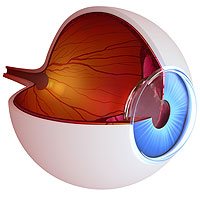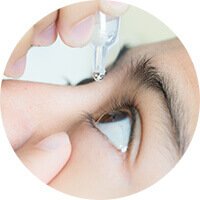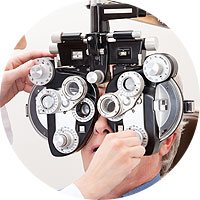If you’re considering corrective vision surgery, you’ve probably heard of LASIK and PRK. Both procedures improve your vision and reduce or eliminate the need for glasses or contacts. And both take place in our office and require only 60-90 minutes of your time. But there are some key differences you should understand when making your choice.
PRK, which stands for photorefractive keratectomy, and LASIK, or Laser-Assisted in situ Keratomileusis, are surgical procedures in which lasers reshape the cornea. In LASIK, your doctor creates a thin flap in the cornea to permit access for the laser. After the procedure, the flap is closed and allowed to heal. PRK, on the other hand, avoids creating the flap by removing the entire outer layer of your cornea instead. The procedures are, otherwise, essentially identical.
Because LASIK surgeons make an incision in the cornea to create the flap, candidates must meet certain criteria for corneal thickness so that the incision will properly heal. Patients with thin corneas and those who participate in contact sports may be better candidates for PRK than for LASIK.
PRK patients usually recover more slowly after surgery than LASIK patients due to the time required for the eye to regrow the outer corneal cells that were removed during the procedure. For the same reason, LASIK patients typically experience less post-operative discomfort than do PRK patients. And LASIK patients usually notice their vision improvement before PRK patients.
To learn more about LASIK and PRK, please contact Eye Care Specialists today or call (877) 489-7405 to schedule a consultation. We serve patients in Kingston, Scranton, Wilkes-Barre and surrounding areas of Northeastern Pennsylvania.

















